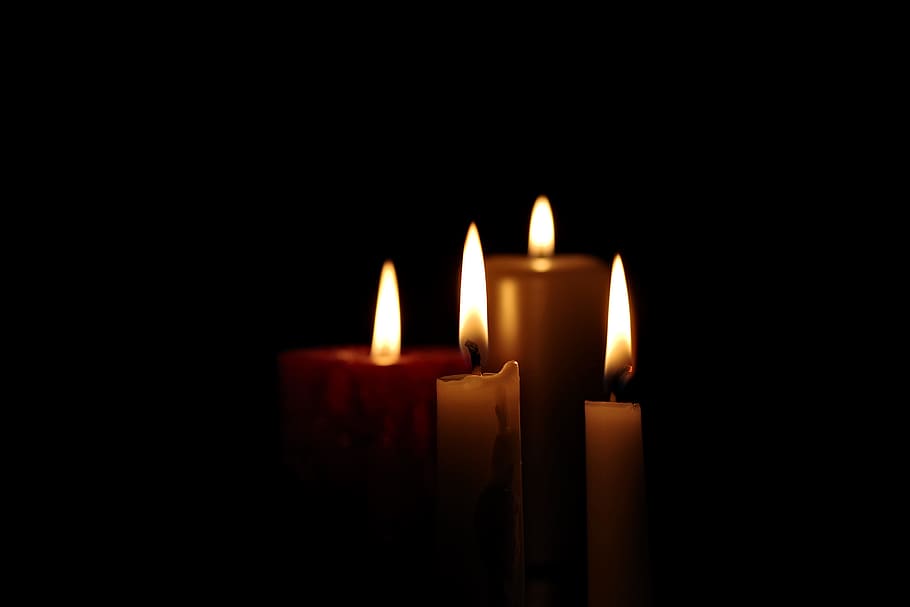
What is Halloween like in Estonia (and other gloomy holidays)
?? As in many other western countries, Halloween has also been celebrated in Estonia since the 20th century. However, there have been similar holidays in Estonian folk calendar for centuries that include wearing scary masks, communicating with the souls of the dead and in many cases going to neighbors’ doors, performing to them and asking for food in return. All those holidays, including the All-Souls’ Day (hingedepäev), St. Martin’s Day (mardipäev) and Saint Catherine’s Day (kadripäev) fall in the month of November.
Therefore, Estonians are drawn to gloomy holidays such as these and received the new holiday, Halloween, with open arms. As in most other western countries, young Estonians like to dress up in quirky and scary costumes during the night of the 31st of October and have wild parties in an appropriately decorated environment. Although children also like to dress up and go to accumulate sweets on both St. Martin’s Day on the 10th of November and Saint Catherine’s Day on the 25th of November, they obviously go along with the trick-or-treat tradition of Halloween, also.
I and many other Estonians, however, consider the All-Souls’ Day to be of more importance than either of the other mentioned holidays: on the night of the 2nd of November, we light candles on the windowsill or on the graves of our dead loved ones in their memory and like to think that on this day their souls are there with us. Some of us also leave food on the table for the souls of our dead ancestors.
??Como en muchos otros países occidentales, Halloween también se celebra en Estonia desde el siglo XX. Sin embargo, ha habido días festivos similares en el calendario popular estonio durante siglos que incluyen usar máscaras aterradoras, comunicarse con las almas de los muertos y, en muchos casos, ir a las puertas de los vecinos, actuar ante ellos y pedirles comida a cambio. Todos esos días festivos, incluido el Día de los Difuntos (hingedepäev), el Día de San Martín (mardipäev) y el Día de Santa Catalina (kadripäev) caen en el mes de noviembre.
Por lo tanto, los estonios se sienten atraídos por festividades sombrías como estas y recibieron la nueva festividad, Halloween, con los brazos abiertos. Como en la mayoría de los otros países occidentales, a los jóvenes estonios les gusta vestirse con disfraces extravagantes y aterradores durante la noche del 31 de octubre y tener fiestas salvajes en un ambiente decorado apropiadamente. Aunque a los niños también les gusta disfrazarse e ir a acumular dulces tanto el día de San Martín, el 10 de noviembre, como el día de Santa Catalina, el 25 de noviembre, obviamente también siguen la tradición del truco o trato de Halloween.
Yo y muchos otros estonios, sin embargo, consideramos que el Día de los Difuntos es más importante que cualquiera de los otros días festivos mencionados: en la noche del 2 de noviembre, encendemos velas en el alféizar de la ventana o en las tumbas de nuestros seres queridos muertos en su memoria y les gusta pensar que en este día sus almas están allí con nosotros. Algunos de nosotros también dejamos comida en la mesa para las almas de nuestros antepasados muertos.
- Volunteer
- Primitive Way


